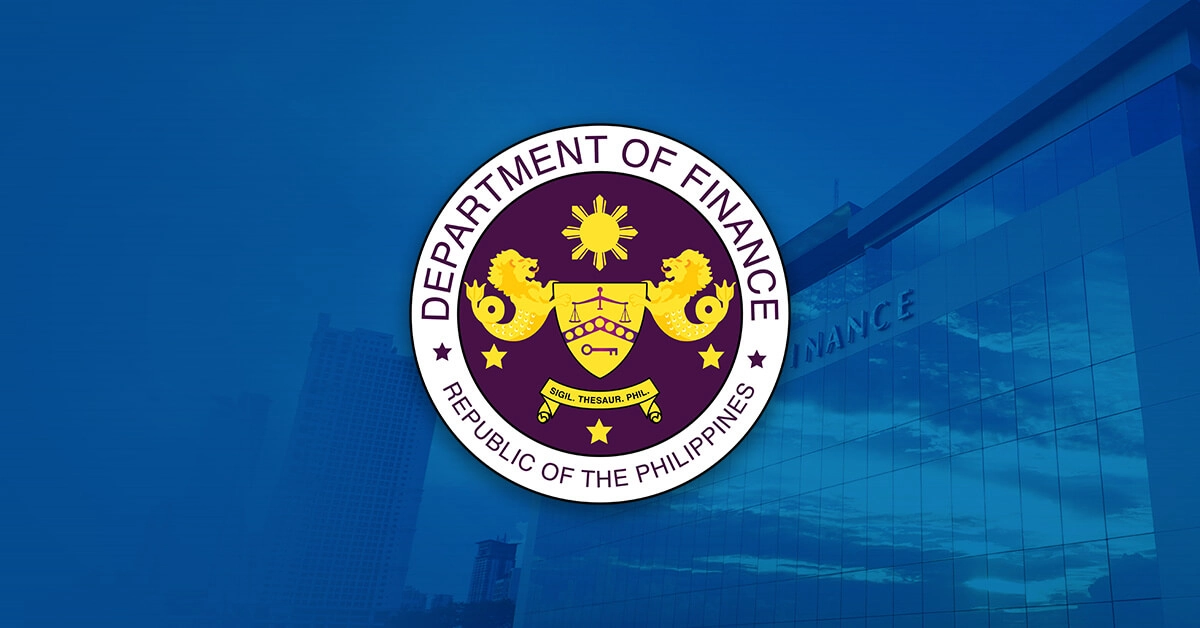The 10-point socio-economic agenda of President Duterte may perhaps be best summarized by modifying the campaign message of Bill Clinton:
Genuine change versus more of the same
It’s the inclusive and sustainable economy, stupid
And don’t forget infrastructure, social services, and competition.
The interventions are found at the third line which bring about inclusive and sustainable development which, in turn, leads to genuine change. The important intended strategic outcomes include: 1.) investment-led high growth economy; 2.) attain an upper-middle income economy by 2022, and; 3.) reduce
poverty further to 11% by 2022.
Since 2016, our growth rate averaged above 6%, with investment, boosted by infrastructure, accounting for more than a quarter of GDP. By 2019, our Gross national income (GNI) per capita of $3,850, up by $400 since 2016, was nearly $200 short of the World Bank’s threshold to qualify as upper-middle income. By 2018, our poverty rate was significantly reduced to 16.7%, down by 6.6 percentage points in just three years. With this, we felt that by holding our ground, we would be able to bring down the poverty rate to 11% by 2022, down from the original target of 14%. Then the pandemic struck.
The pandemic, however, did not really catch us with our pants down. We were already mobilizing resources for the Build, Build, Build (BBB) program, conditional cash transfers (CCT), and universal health care (UHC) but that our debt-GDP ratio was declining so as to reach 39.6% in 2019. Among others, we passed game-changing reforms such as the first packages of the comprehensive tax reform program (CTRP) that bankrolled the aforementioned programs, strengthened anti-red tape measures, and converted rice import quotas into tariffs (RTL).
During the pandemic, we acted promptly to pass the Financial Institutions Strategic Transfer (FIST) Act to help banks cope with the deleterious effects of the pandemic and get them to lend again. We also worked with Congress on the Corporate Recovery and Tax Incentives for Enterprises (CREATE) Act.
The RTL and CREATE were perhaps the two pieces of reforms that called for the greatest amount of political will and economists have been writing extensively about the rice sector and fiscal incentives. On the former, the opportunity presented itself when the inflationary bull got out of the barn and we took the animal by the horns (and balls). The latter (actually also RTL) was decades-long in the making and its passage a dream come true for any finance secretary and career finance officials like myself. Personally, that should make my retirement more fulfilling after more than four decades in public service.
Of course, there’s much work still left to be done, beginning with containing the spread of the virus and managing the risks thereof. For one, local governments should be more fiscally independent. Also, our antiquated tax regime for financial products needs to be updated so as to better serve the needs of the time. Further, the pension system of our military and uniformed personnel (MUP) has to be reformed lest it threatens fiscal stability. Finally (but definitely not the last), while we have cut red tape and corporate income taxes, we still have to make the country more attractive to foreign investments. Not only do these foreign investments bring in capital and technical know-how, they also will provide competition to the old boys’ club. Such competition should result in better products and services, more employment, and, possibly, higher wages (without having to raise the minimum wage).
-oOo-




